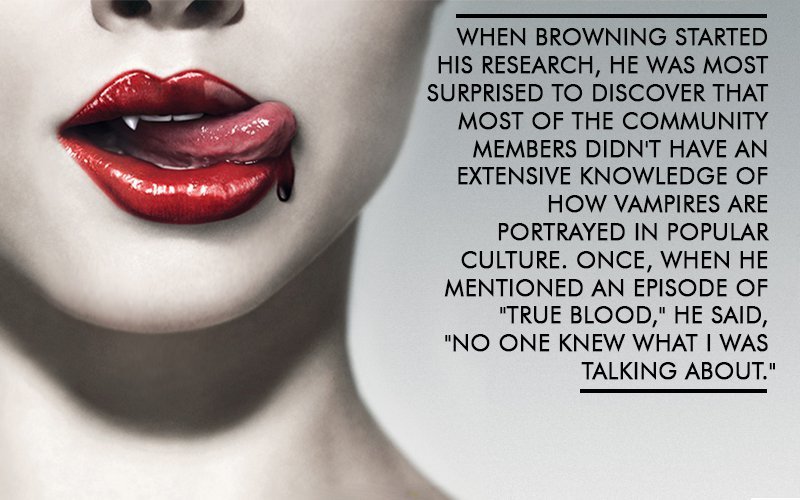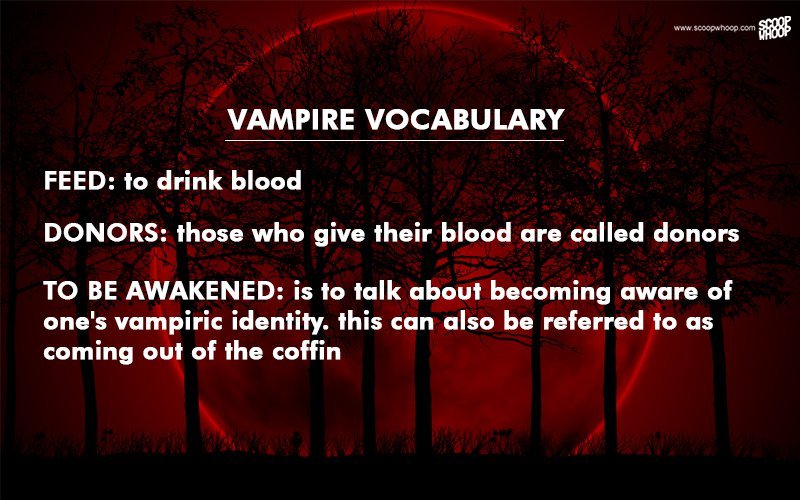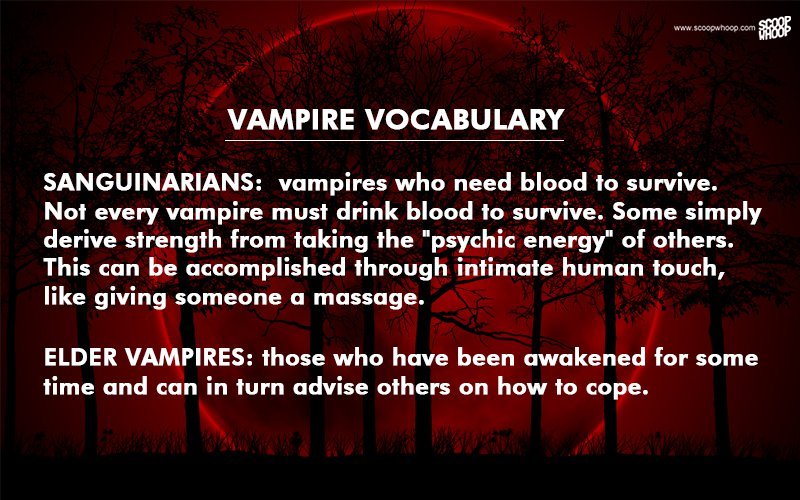From Transylvania to Twilight, vampires have become culturally cool characters to associate with. Furthering the new craze is doctoral candidate at the Louisiana State University, John Edgar Browning’s study behind the ethnography of ‘real vampires.’
These people do not claim to possess superpowers like Count Dracula, but have an apparent medical condition that requires them to drink human or animal blood to sustain themselves.
He had spent his academic years studying the portrayal of vampires in film and literature and did consider that these people who identified as vampires might be deranged.
Browning has found that the symptoms of vampirism start to manifest around puberty, when they bite their lip by accident and they find that the taste of blood gives them a burst of energy.
As the habit intensifies those who become reliant on ingesting blood find that they feel weaker for no medically discernible reason.
I n the case of people like Kinesia, a woman who identifies as a blood drinker though not by choice, “Many of us would rather not go through the cyclic symptoms and just be happy to live life like a normal person,” she said. But when she went four months without feeding she wound up in the hospital with a low heart rate that would shoot up to 160 when she stood up or walked around, followed by a massive migraine and loss of consciousness.
Browning says:
While their habits may seem frightening, Browning says, “Being marginalized, they’re more in tune with their self-identity and much more aware of the world around them.” He believes that making people more informed about the real vampires in their midst will encourage important conversations about how normalcy is defined by the mainstream.
Over his five years of study, Browning found that most of the vampires were otherwise ‘normal’ in the eyes of society. They had spouses, friends and jobs; many of them had children from whom they hid their practice. While some have taken to wearing Gothic attire and prosthetic fangs, others have no physical markers to indicate their vampirism.
Browning had been on the hunt for several months before he met his first vampire at a gothic apparel store in the French Quarter of New Orleans. When the woman who identified herself as a vampire smiled he noticed teeth that had been filed like fangs.
Members of this community have chosen to identify themselves as “vampires” in defiance of the negative images that the label evokes.

The lack of awareness indicated that these self-professed vampires weren’t people with extreme fantasy narratives, but normal people with regular routines, and just this one grisly habit.
A glossary of everyday vampire words:



















